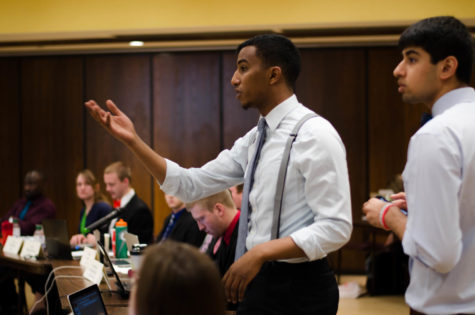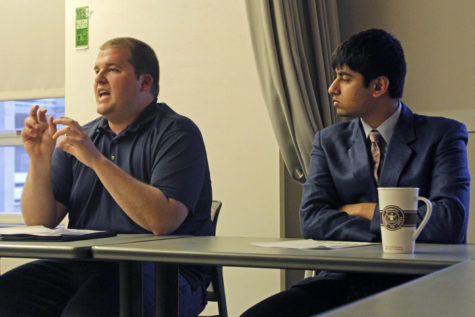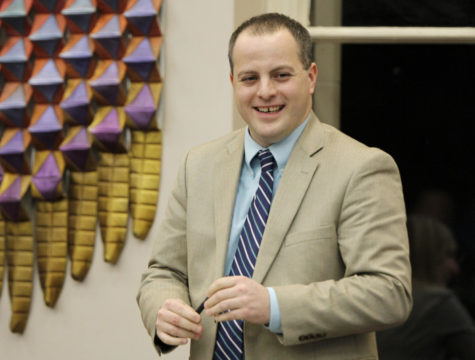GSB elections to end Tuesday night
March 6, 2007
Government of the Student Body elections give students a chance to participate in democracy, although very few choose to get involved.
The GSB election is in its second and final day, hoping to fill presidential and vice-presidential positions, along with all senatorial seats.
Voter turnout in the past for GSB elections has been very low. This year’s GSB president Emily Jensen, senior in political science, won the election with 1,277 votes, according to the GSB election results.
Kimberly Conger, assistant professor of political science, said even with such low voter turnout, this is still democracy.
“Democracy is what we make of it,” she said.
Conger said because of the low voter turnout, those who choose to participate in the process will be represented more than others.
There could be a number of reasons why individuals choose not to vote in a democratic election, Conger said.
It could be that people don’t care or they don’t feel there are candidates who represent things they care about.
Brian Phillips, GSB off-campus senator and GSB presidential candidate, said if there is a vacancy left on the GSB senate, someone is nominated to fill that position by the constituency council.
The process can vary among different constituencies, but whoever receives the most votes during the election will have the opportunity to accept the position, Phillips said.
Phillips, junior in political science, said his constituency has designated individuals to carry out the process. There are three people designated to conduct interviews with potential candidates.
“They make recommendations to the council as a whole,” he said.
After this, the president of the constituency council writes a bill to have the person seated on senate, Phillips said. After this step, it is up to the GSB senate to confirm the person for a seat on senate. The senate must confirm the individual before he or she is seated.
The process for how the constituency council finds potential senators varies, Phillips said.
“Usually what happens is senators will know somebody who’s interested in it, or who they think would be a good person to be on [GSB],” he said.
The process can also differ, Phillips says. Sometimes it may be a broader process, in that flyers and signs will be posted advertising the position.
GSB Speaker Jonathan Richardson, senior in chemical engineering, said his constituency has a similar process. Richardson, who represents the College of Engineering, said when there is an open position, different members of the college are informed about it. The information is usually sent out in an e-mail to all the students in the college. It also can be sent to different clubs and organizations within the College of Engineering, Richardson said.
Anyone within the college can apply for the position. The council conducts the interviews, sometimes enlisting the help of senators, depending on how the president wants to handle it.
After the interviews, the president of the council makes a recommendation for whom he wants to be seated, Richardson said. After this, the council must accept the recommendation before it can move forward.
“The council will decide whether or not they accept that, which almost always is accepted,” he said.
Once the council has accepted the nomination, the seating bill is written for the individual to be seated on the GSB senate.









